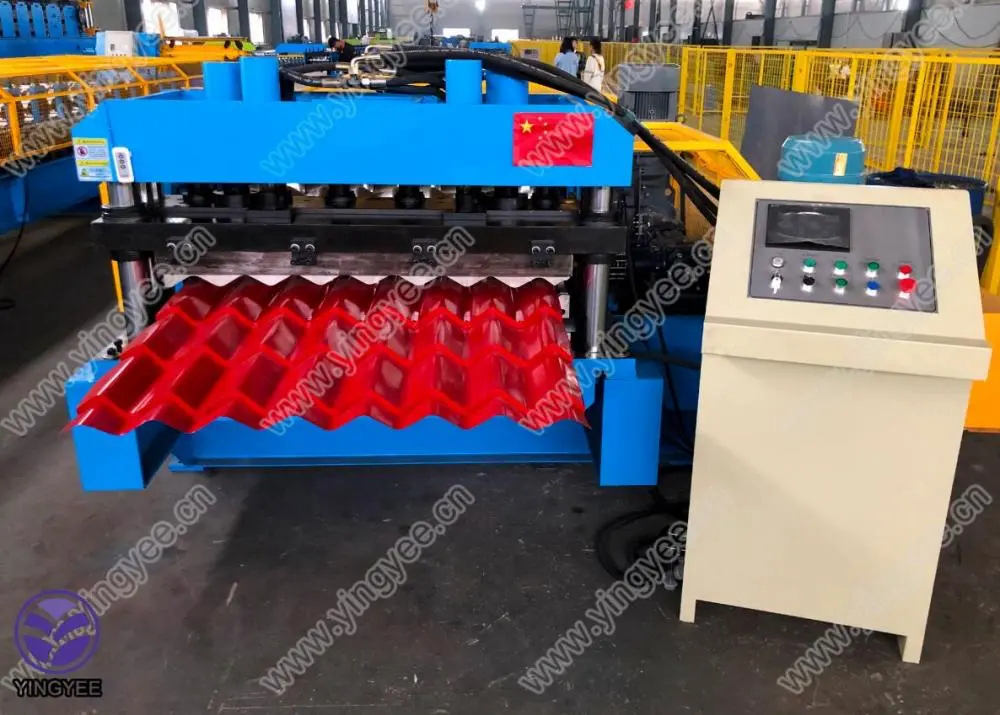The Future of Manufacturing Innovations in IBR Machines
In today's fast-paced industrial landscape, manufacturing processes are becoming increasingly sophisticated, driven by advancements in technology and a relentless pursuit of efficiency. One of the pivotal innovations in this realm is the IBR (Incremental Build and Repair) manufacturing machine, a revolutionary tool that is redefining the parameters of production, repair, and customization.
IBR machines leverage advanced additive manufacturing techniques to create parts incrementally, allowing for greater precision and flexibility in the manufacturing process. Unlike traditional subtractive methods, which involve cutting away material from a solid block, IBR machines build components layer by layer. This not only minimizes waste but also enables the creation of complex geometries that would be impossible to achieve through conventional methods.
The Future of Manufacturing Innovations in IBR Machines
Furthermore, the IBR manufacturing process is highly customizable. In an era where mass production is giving way to personalized products, the adaptability of IBR machines is a game-changer. Manufacturers can easily adjust design parameters to meet specific customer needs or market demands without incurring the high costs associated with retooling traditional manufacturing lines. This flexibility enhances the ability to respond to trends and customer preferences, ultimately leading to increased satisfaction and loyalty.

The integration of IBR machines into manufacturing operations is also facilitating the implementation of Industry 4.0 principles. These machines can be connected to the Internet of Things (IoT), allowing for real-time monitoring and data analytics. This connectivity means that manufacturers can track production processes, predict maintenance needs, and optimize operations. The ability to harness data leads to informed decision-making and continuous improvement, which are vital for maintaining a competitive edge in today's global marketplace.
Moreover, IBR machines are making significant strides in reducing lead times. Traditional manufacturing methods often involve long setup times and extensive production runs, but IBR technology streamlines these processes. Parts can be produced on-demand, significantly reducing the time from design to delivery. This speed is particularly beneficial in industries where rapid prototyping is essential, allowing companies to iterate designs quickly and bring products to market faster.
Despite the myriad benefits that IBR machines offer, the transition to this advanced technology does present challenges. The initial investment in IBR equipment can be substantial, and there may be a learning curve as organizations adapt to new processes and workflows. Additionally, ensuring that staff are adequately trained in additive manufacturing techniques is crucial for maximizing the potential of IBR machines.
In conclusion, IBR manufacturing machines represent a significant leap forward in the field of manufacturing. Their ability to repair, enhance, and customize products, coupled with the efficiency of additive manufacturing, positions them as a vital component of future industrial practices. As industries continue to embrace this technology, the manufacturing landscape is set to become more sustainable, responsive, and innovative. By adopting IBR machines, manufacturers can not only improve their bottom line but also push the boundaries of what is possible in design and production. The future of manufacturing is here, and it is incremental.